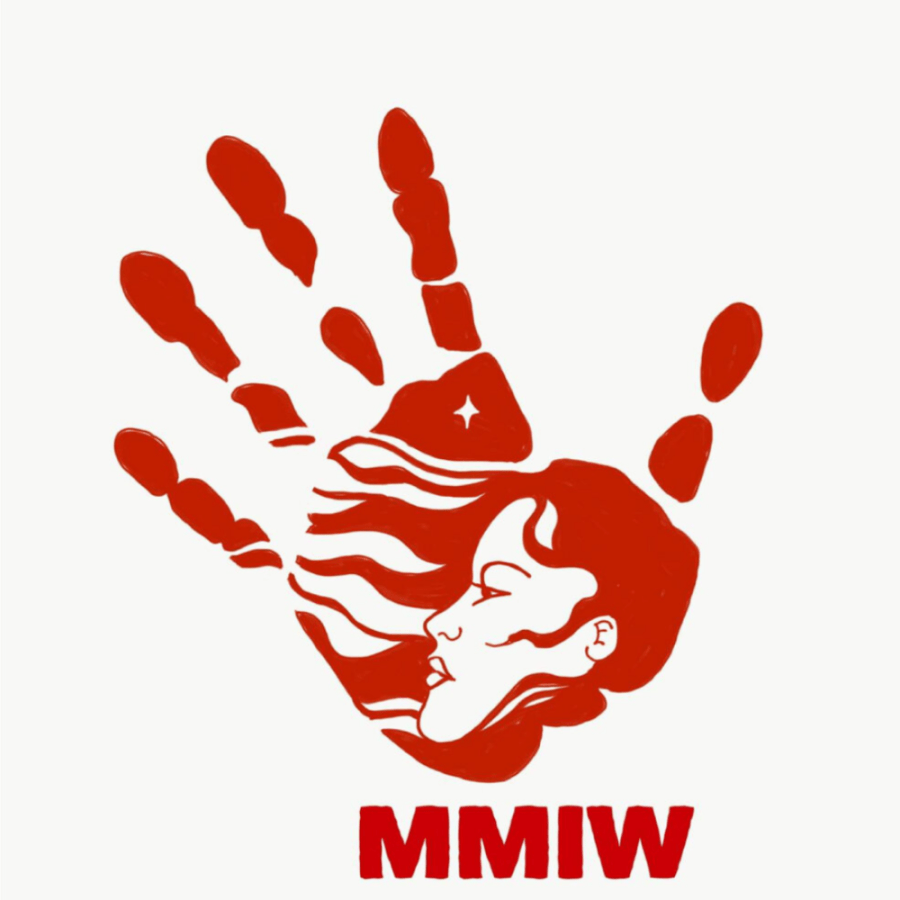Since the feminist movement in the eighteen hundreds, human rights movements have been on the social stage in one way or another. These societal movements started to ramp up in the late 1950’s with the start of the black civil rights movement and the queer rights movement that followed.
In the modern social climate, minorities have become more and more seen by the white majority. This is a wonderful result of tireless effort of the older generations. However, minorities have continuously been marginalized and ignored throughout the brief history of the United States. The indigenous community in the U.S. has been continuously pushed aside and disrespected despite the major contributions they have had on our world. Throughout the colonization of the continent, a large amount of these previously massive communities and thousands of rich cultures were completely erased and given a place as “people of the past.” These real, modern people have been immortalized in history as valiant warriors who fought and lost fairly against the white people’s guns. It seems, however, that that is the only way they are generally viewed rather than as real modern people who pay taxes and buy food at grocery stores.
This culminates in the pain and injustice that this community faces daily, with their sentiments falling upon deaf ears. Underfunding in reservations is a persistent problem and the people living there suffer because of it. Reservations lack the resources to support jobs and a stable population. Basic services are neglected because of the lack of money. Crime, drug use, and alcoholism are problems in these areas, which go unchecked because no one is there to check it.
Indigenous women and the myriad of issues that they face are also unnoticed, from domestic violence to kidnapping and trafficking. In fact, this issue has grown so substantially that indigenous creators on social media have been spreading awareness.
Raymond Kingfisher, a Blackfeet educator who oversees indigenous students, says that the issue originates from the residential schools. Residential schools were a way of kidnapping Indigenous children and subjecting them to cultural erasure. Children were forbidden to speak their languages, practice their religion, and see their families. In many cases, culture was lost altogether.
He himself attended a boarding school until he was fourteen years old and has witnessed the effects of the boarding schools before and after they closed. He saw how lost his people were and how the system had tried tirelessly to erase them from modern society. He referenced the saying, “kill the Indian, save the man,” a saying commonly used to justify the cultural genocide throughout U.S. history.
It isn’t just Kingfisher who sees how apathetic the general public is, not only to the Missing and Murdered Indigenous Women (MMIW) issue but to indigenous issues in general. Indigenous students, Jolissa Scalpcane and Lahava Still Smoking, agreed to this as well.
“My uncle was one of ten policemen in the Browning Reservation.” Still Smoking said when asked about the MMIW ignorance. “A lot of times people don’t look into cases. A lot of times crimes would go on, and someone would call the police, and the police would leave. They didn’t seem all that dedicated to their job.”
The abundance or lack of police have long been issues for people of color. The Black Lives Matter (BLM) movement and the MMIW mirror each other in that way. Police stationed in huge cities receive funds for deadly weapons and vehicles, while police and first responders on reservations lack funding and training. If it seems twisted, it is.
Indigenous people should not have to fear being ignored. The indigenous community makes up 2% of the population in the US, or around 6.6 million people and yet 70% of missing cases are native. We need to respect the people who harbored this land before Europeans and other immigrants claimed it.
Special thanks to Raymond Kingfisher, Jolissa Scalpcane, Lahava Still Smoking, and everyone else who made this article possible.



